Stripping Paint From Door Hardware.

by
John Biermacher
(IC: homeowner)
2 Materials
$20
1 Day
Easy
This is a tutorial for a technique to which I can't claim ownership to. The Heritage Company (www.heritagearchitecturalantiques.com) and/or HeritageKalamazoo) is an architectural salvage business in Kalamazoo Michigan. They have some antiques but the bulk of their inventory consists of antique and vintage lighting fixtures, plumbing fixtures, claw foot tubs, doors, windows, millwork, reclaimed lumber, barn beams, porch posts, and hardware. I have been friends with the owner (Rodger) for about 30 years and it has been a great relationship. I have purchased/traded parts and pieces, repaired/reconditioned items, and actually sold items on consignment after converting them into furniture and furniture accessories. It has been fun.
Rodger developed a method to strip paint from door hardware using TSP. The advantage is that it is pretty passive and doesn't use conventional chemical strippers- hence non-flammable and no noxious fumes. . In the first go-around he used an old crock pot but because it worked so well he upgraded to a roasting pan which has greater capacity because it is larger.
The process is pretty straight forward. He "cooks" the hardware overnight in TSP (tri-sodium phosphate) solution. The temperture is set to low and the solution is about a tablespoon of TSP to a gallon of water. It pretty much removes/loosens all the paint. Wearing rubber gloves, they remove the hardware from the roaster and rinse it under the faucet. They catch the paint chips in a strainer/colander to prevent it from clogging the drain. Some items may need some brushing with a tooth brush or brass brush in some of the detailed areas. Occasionally an item requires a second treatment. They will sometime buff with a wire and/or cloth wheel or steel wool, depending on the look they are going for. Once cleaned, buffed, or polished they spray it with a clear coat.
The liquid can be used to do multiple batches, although they remove as much solids as possible with a slotted spoon. Ultimately the liquid gets very slimy and inefficient and needs to be replaced. Because they are in business they have their own procedure for safely disposing the solid and liquid waste. What you will do with your wastes depends on the facilities available to you. For example, in my own shop I try to capture paint chips/scrapings and save them in a plastic bag and take them to the county's hazardous waste with outdated oil based products. Most of the small residue I can't capture get swept up with my sawdust, get bagged, and goes into my household waste.
If you ever get to Kalamazoo, The Heritage Company is at 150 North Edwards and is a must see.
Enjoyed the project?
Any price and availability information displayed on [relevant Amazon Site(s), as applicable] at the time of purchase will apply to the purchase of this product.
Hometalk may collect a small share of sales from the links on this page.More info
Published January 12th, 2018 9:06 PM
Comments
Join the conversation
3 comments



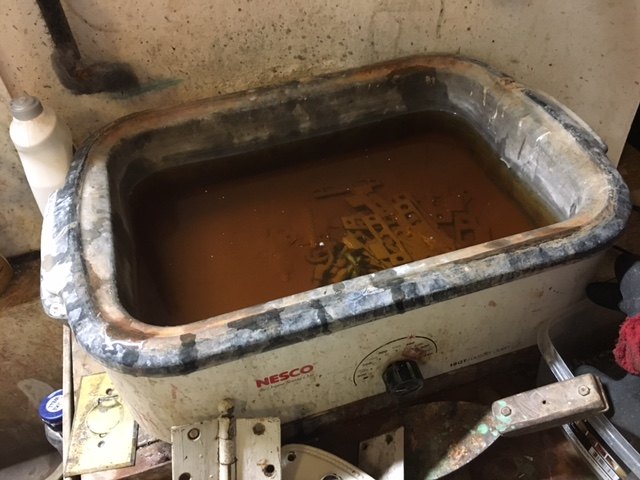







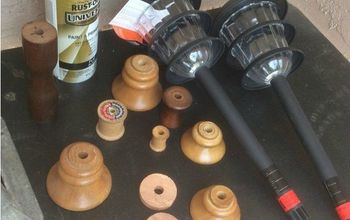



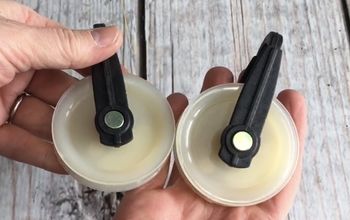

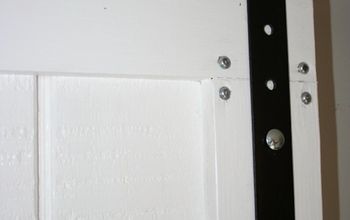
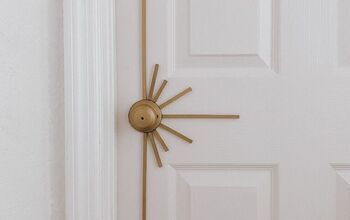
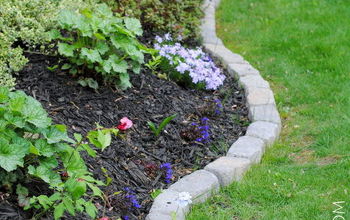







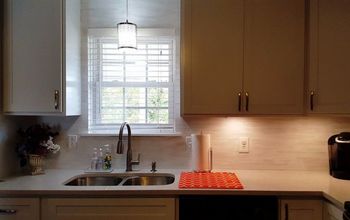





Frequently asked questions
Have a question about this project?